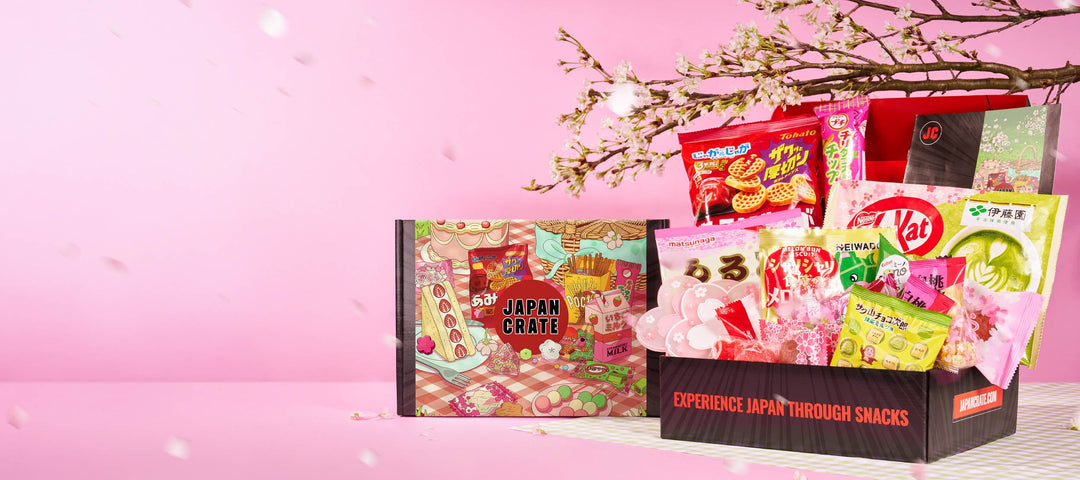Chinese Ramen vs Japanese Ramen

Whenever you hear ramen, you might think of huge steaming bowls of the most aromatic broth, long, slurp-worthy noodles, finely sliced savory meat, soft-boiled eggs in half, and slivered veggies. This noodle dish is typically associated with Japanese cuisine, where it is served hot in shops, restaurants, and street sellers. In addition, ramen has grown so well-liked that it established itself as a classic dish around the world. Ramen was said to be developed by Chinese immigrants who worked in Japanese shina soba shops, even though it may be strongly linked to Japanese culture. That said, Japan's ramen gained popularity during the 1930s, combining Chinese wheat noodles with savory Japanese broth.
Moreover, numerous ramen variations are available now. Even though both Chinese and Japanese ramen feature noodles in savory broths with a variety of toppings, they are quite different dishes. The frequency with which ramen is seasoned is one significant distinction between Japanese and Chinese ramen. Read on and learn more about the difference between the Japanese noodle dish and the Chinese noodle dish.
What are Japanese Ramen Noodles?

Japanese noodles are used in ramen. It comprises wheat noodles prepared in the Chinese style and served in a broth with toppings such as sliced pork, nori, menma, green onions, and scallions. Chinese noodle meals are the source of ramen inspiration. Nearly every region in Japan has its own take on the dish, such as tonkotsu (pork bone broth) ramen from Kyushu and miso ramen from Hokkaido.
In addition, the essential components of the well-known Japanese ramen dish are wheat flour, salt, water, and a unique ingredient called kansui. It is alkaline water with potassium carbonate and sodium carbonate. This component sets Japanese ramen distinct from another ramen. Japanese ramen has a distinctive yellow color and a chewy, slippery noodle texture.
How to make Japanese Ramen?

Ingredients:
• 1 lb pork
• 6 cups water
• 4 Tbsp soy sauce
• 2 Tbsp sake
• garlic
• green onions
• bean sprouts
• sesame oil
• sof-boiled egg
Cooking Instructions:
1. Salt the pork, then leave it in the refrigerator overnight.
2. Combine water, ginger, garlic, green onion, and salted pork in a large pot and bring to a boil over high heat. Remove floating scum and fat.
3. After that, simmer for 1 1/2 to 2 hours with the cover on and the heat reduced. Let the meat, broth, and pot cool to room temperature. Strain pork, then keep it. Slice some pork, then reserve it for a topping.
4. Before cooking the soup and noodles, prepare the remaining toppings (soft-boiled eggs, bean sprouts, and chopped green onions). The broth and toppings must be added as soon as the noodles are finished cooking to prevent the noodles from becoming soggy.
5. Add salt, soy sauce, sake, and sesame oil to the boiling soup stock. Add the noodles to boiling water in a pot, then after 30 seconds, drain the noodles. Let it simmer at very low heat until the noodles are cooked.
6. Cooked noodles should be divided into bowls and then topped with soup. Add sliced pork, bean sprouts, green onions, and soft-boiled eggs.
What are Chinese Ramen Noodles?

One of the mainstays of traditional Chinese cuisine is hand-pulled lamian noodles, which possibly originated in Mainland China, where wheat has been used as a staple crop for thousands of years. The word "Lamian," which literally means "pulled noodles," can refer to a variety of foods, but few are as widely consumed in many Chinese restaurant as local food prepared in the Lanzhou technique. These hand-stretched Chinese noodles are typically served with a side of spicy chili oil, a few chopped spring onions and coriander, thin slices of beef, and tasty soup broth. The springiness of the noodles and the oil that floats out over the long-boiling brisket soup can make the entire dish completely delicious.
At first glance, the northern Chinese dish Lanzhou's hand-pulled noodles may appear to be just another bowl of chewy noodles floating in a clear broth, but it is more than that. The fragrant, brilliant red chili oil that coats the surface of the soup contains ten or more components. More than 15 spices, including star anise, cumin, white cardamom, nutmeg, and dried ginger, are used to make the broth, which is then simmered for at least 15 hours with a jumble of beef, yak, and chicken bones.
How to make Chinese Ramen?

Ingredients:
• 1 kg beef shank
• 10 cups water
• 1 pound lamian noodles
For the spice mix:
• 7-star anise
• 12 garlic cloves
• 5 bay leaves
• 6 slices of sand ginger
• 1 1/2 teaspoons fennel seeds
• 2 teaspoons Sichuan peppercorns
• 5 licorice root slices
Cooking Instructions:
1. Rinse and dry the soup bones. Then for 45 minutes, roast them at 400 degrees on a baking pan. Put the beef shank in a big pot of water that has been brought to a boil. After boiling, take the beef shank out.
2. Add the roasted bones, 10 cups of water, and 4 cups of beef stock to the saucepan, along with the beef shank. Combine all ingredients to make the spice mixture, then securely wrap it in cheesecloth using a small amount of kitchen twine. Salt this and add it to the saucepan as well. Bring everything to a boil.
3. After it reaches a boil, reduce the high heat to low and let the mixture simmer for about two hours. Remove the beef shank and set it aside after two hours. Then, remove and discard the beef and spice pouch with tongs. Salt the soup to taste and make any necessary seasoning adjustments.
4. Cook the noodles in a large pot once the broth is finished. Noodles should be divided into six dishes. Top out the thinly cut beef shank slices that have cooled over the noodles.
5. Finish by adding a large ladle of soup, a handful of chopped cilantro and green onion, a teaspoon of spicy chili oil, Chinese dumplings, and radishes.
Both Japanese and Chinese noodles boast their unique taste, which is undoubtedly a treat for your taste buds. These ramen noodles are totally different, so make sure to try them both. You can visit the Sugoi Mart noodles collection and choose any flavor of instant noodles you like. Enjoy!
It's Japan Crate Time!
Japan Crate makes it simple for every consumer to purchase snacks and delicious Japanese sweets you'll surely enjoy. Subscribe to a box of Japanese-limited goodies delivered to your home each month! Japan Crate will add spice to your life with the best Japanese treats. Just click the link above to sign up right now. Japan Crate will bring you the delicious taste of Japan in no time!Author Bio







Leave a comment